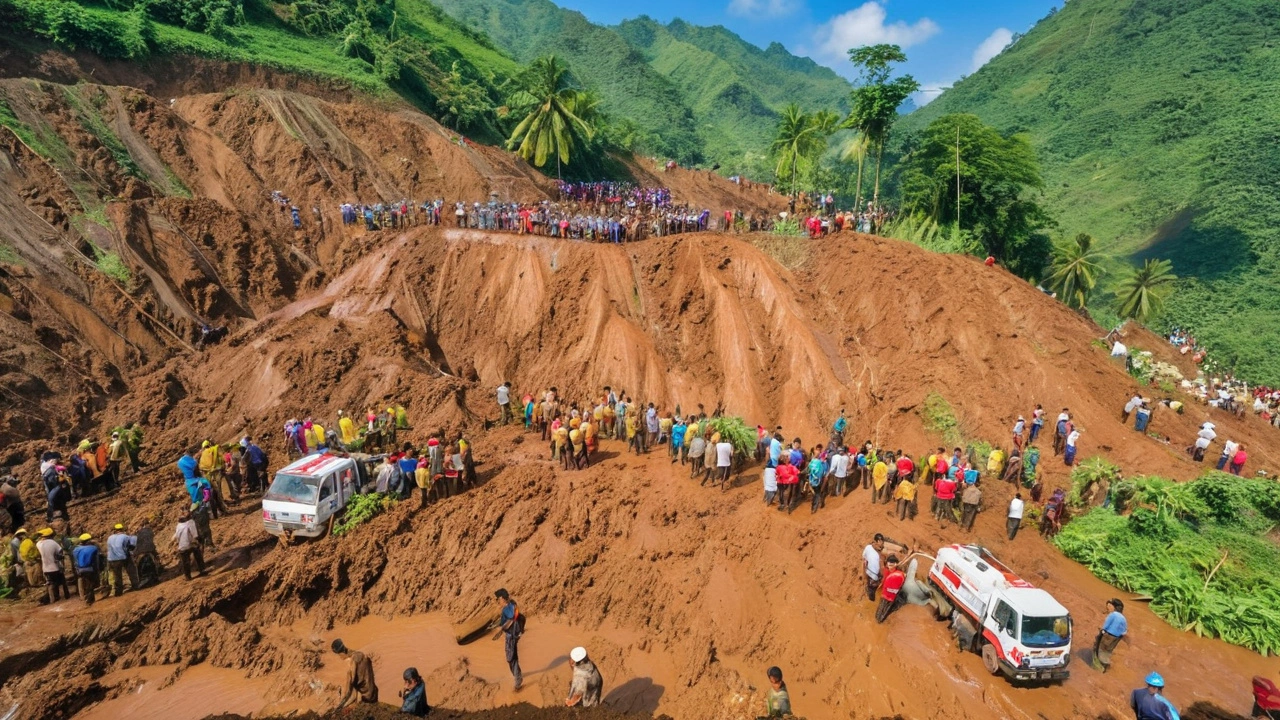Rescue Operations: Quick Guide to Saving Lives
When disaster strikes, rescue operations are the first line of defense. Whether it’s a flood, a building fire, or a mountain accident, trained teams swing into action to find and protect people in danger. Understanding how these operations work helps you stay safe and supports the heroes on the front line.
Key Steps in a Rescue Operation
Every rescue follows a basic pattern: assess, plan, act, and review. First, responders scout the scene to see what’s happening. They look for hazards, count the people at risk, and decide which equipment is needed. Next, they make a quick plan – which routes are safe, where to set up a command post, and how to reach the victims fastest.
Once the plan is set, the team moves in. This stage often involves search‑and‑rescue dogs, drones, or thermal cameras to locate people hidden under debris or water. When they find someone, they use ropes, stretchers, or inflatable boats to get the person out safely. Medical aid is given on the spot, and the victim is handed over to ambulance crews for further care.
After the rescue, a debrief is held. The team reviews what went well and what could be improved. This feedback loop makes future operations smoother and saves more lives.
How You Can Support First Responders
Even if you’re not a trained rescuer, there are practical ways to help. Keep an emergency kit at home with water, a flashlight, basic meds, and a blanket. Knowing the nearest safe exit routes in buildings or neighborhoods speeds up evacuation.
When you hear official instructions, follow them right away. Panic or trying to rescue yourself can create extra work for the professionals. If you’re in a position to assist safely – for example, by pointing out a hidden hazard or helping a neighbor with limited mobility – do so, but stay out of the way of equipment and vehicles.
Community training programs are another great way to contribute. Many towns run basic first‑aid or fire‑safety workshops. Volunteering for local disaster‑relief groups also gives you hands‑on experience and makes the whole area more resilient.
Remember, the goal of any rescue operation is to get everyone out alive and unharmed. Your calm actions, prepared supplies, and respect for the responders can make a big difference when it matters most.
Ethiopia Landslide Disaster: Death Toll Could Reach 500 as Rescue Efforts Intensify
The death toll in Ethiopia's Oromia region landslides could escalate to 500. Amidst severe weather, 250 bodies have been retrieved, and 300 people remain missing. Rescue operations are complicated by remote, inaccessible locations. The government has declared a state of emergency, urging international aid as thousands are displaced and infrastructure is ravaged.
View More





